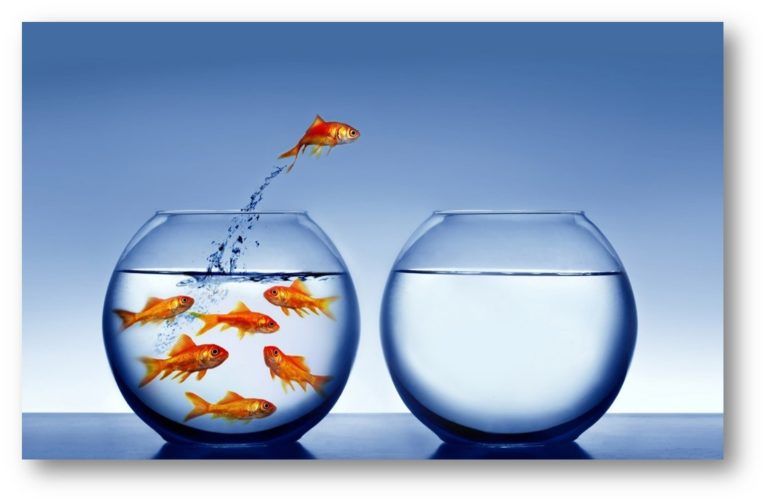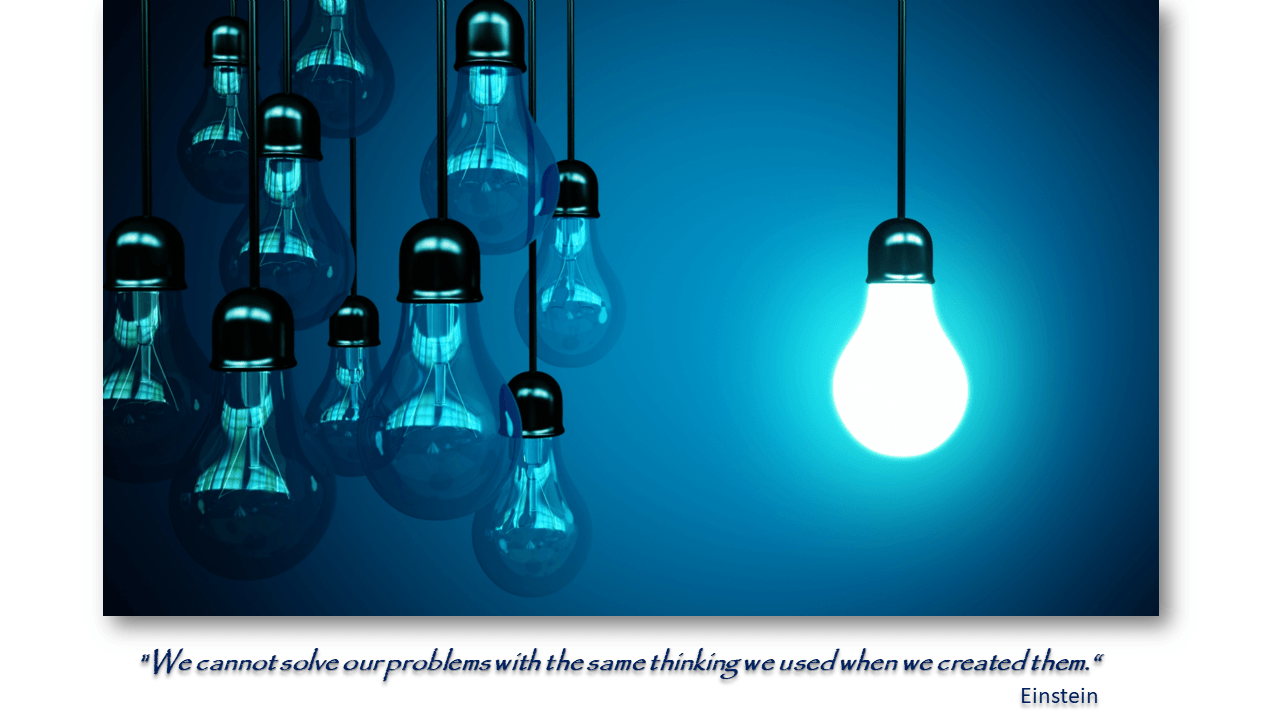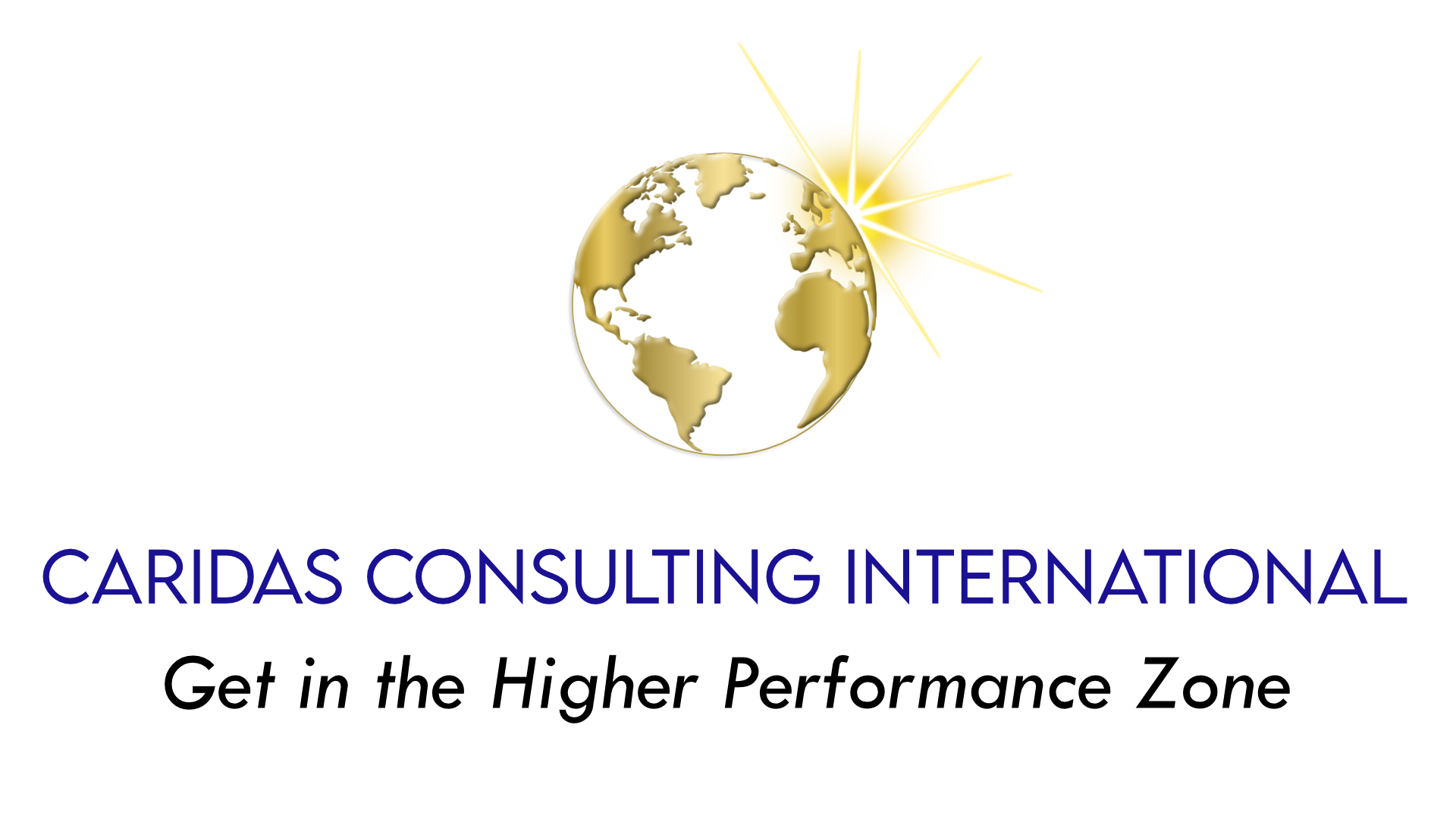What Do CEOs Want? Get In The High Performance Zone
ecaridas • March 8, 2018
What Small Business CEOs Want – Creativity in the Workplace (Houston)
When Talking to Leaders and their executive teams, some of their biggest concerns are:
- Company Performance
- Productivity
- Employee Engagement
- Employee Retention
- Recognize Disruptive Change Early
- Strategic Thinking
Caridas Consulting International (CCI) works with small to medium sized businesses. CCI improves their bottom-line, sales performance, productivity, capability for creativity and innovation where all company areas align for superior performance.
Caridas Consulting Blog

Coaching for Flow in the Workplace When leaders and coaches are in Flow they inspire people to be their best. A great coach reflects back to people their worth and value. They point out a person’s best qualities and build rapport with individuals first. Once rapport is established they can be forthright and confront a person on what is not congruent in their behavior towards others. Great coaches lead by example. They put themselves in Flow first. What is Flow? Flow is that creative state that all people experience from time to time. When people are in Flow they are totally immersed in what they are doing. Time flies and they are targeting their attention to do something challenging and worthwhile. Athletes call this state the zone. Poets call it bliss. Philosophers tell us that people seek happiness more than anything else. It has been my personal experience that being able to sustain flow is determined by how you create meaning in your life. When a person takes their talents and skills and makes a difference in their life and the lives of others they are going beyond their personal satisfaction. Seeking meaning is one of the most important components of “flow“. Coach Marta Karolyi gave time, energy and shared her insights with her Olympic champions. She provided an environment that encouraged her champions to be in flow or the zone of high performance. When you are of service to others and what you do benefits and matters to others, in addition to yourself, you begin to gain personal mastery. Being of service to others, brings happiness and personal satisfaction. People will follow you and take your lead if you are ethical, have integrity, and are trustworthy. You show that your care about other people through your actions. Dr. Viktor Frankl said, it is not about your personal happiness alone, it is about making the difference in the lives of others. It is being connected to something larger than yourself. For example, if you like to lead, you get to lead as part of what you do every day, or if you like teaching you get to teach as part of what you do every day. The best leaders and the best teachers are the ones who give of themselves to others. What Are the Key Elements of Flow? Ten Indicators of Superior Performance (Flow) : 1) Control – People have a strong need to have make reasonable decisions regarding life and work. Effective managers provide their employees with the right balance of direction and freedom. People need interaction with their colleagues, proper tools, and a comfortable work pace to reach optimum performance. This is the most critical component of all the indicators because it impacts productivity and health. 2) Learning – Optimal learning occurs when people have clear goals and timely feedback to course correct. Enhanced learning occurs when people are allowed to create solutions for themselves and their organization. 3) Variety – People need to avoid boredom, stress, and fatigue by working at a comfortable rhythm. People are enthusiastic about their work when they have the opportunity to master multiple aspects of their work. 4) Mutual Support and Respect –Heightened engagement occurs when people feel connected to one another. This is a powerful driver and people chose to remain in their jobs when these elements are present. 5) Meaningfulness – People have a strong innate desire to be engaged in activities that are worthwhile to them, their organization and the community as a whole. They want to be a part of something larger than themselves. 6) A Desirable Future – People want to grow. People look for careers that offer skill development and help them achieve their personal goals. 7) Preferred Life Interests – People will remain in their jobs if the work involves one or more of their profoundly ingrained interests. For example if a person loves to work with computers, they get to work with computers as part of what they do every day. If they enjoy selling they are given opportunities to develop that skill set. 8) Challenges That Match & Stretch Individual Skills –People need work experiences that are manageable, equal to their skills with opportunities to extend their abilities. 9) Concentration & Focus – When people are allowed to target their focus then the opportunity to improve that activity is enhanced. 10) Fun – Work can be fun and enjoyable! People have an innate need to experience fun in all its forms. “ Flow in the workplace ” is possible when the Ten Indicators of Superior Performance are optimized and are in-sync. Why is it important to be in Flow? Because it positively impacts the bottom line! Why be in the zone or in flow during work? When people experience flow at work they are happier, committed, creative, more productive and healthier. People want to excel and be the best that they can be. The key is designing an environment where people are willingly do things for their own reasons not because they are coerced. Excellence never happens by force. People will comply, but they won’t excel unless it comes from within. In other words, it has to be their idea. An example, when people have applied the ten indicators of flow, sales and work performance has dramatically improved. Where has Flow been implemented effectively? Athletics Olympic champions put themselves in a Flow state before and during their competitions. They visualize making the gold over and over again in their mind. They take on the mindset and physiology of a champion. They believe they are going to win and they tell themselves they are going to win. They see themselves having won. They experience this in all their senses. For example, Coach Jimmy Johnson of the Dallas Cowboys used the Flow model to win the super bowl! He trained his players in how to get into a Flow state. Another example are martial arts champions use their breath to get into Flow. They breathe from below their belly button or their center of gravity. This gets the athlete into their body and out of their head so they eliminate fear. If you are in your head or worrying, you get knocked off balance. I remember taking skiing lessons and my instructor told me to be one with the snow! He said feel the snow and get into a Zen state. He was helping me get into Flow, where I was totally immersed in what I was doing. My ski instructor designed challenges that stretched my abilities just the right amount. It was not too easy for me or too difficult. Business Flow in the workplace was first field tested and implemented by Evangeline Caridas at Allstate Insurance Company in Chicago, Illinois in 1992. An equally powerful business method is Participative Management, a powerful business model that engages employees at the level where the work is done and not at levels above. People actually identify issues and design solutions incorporating the 10 Steps to Superior Performance. These are the internal motivators of effective work. It demonstrates how people excel at work. We have designed a simple and effective business model that has moved out of the laboratory and into the field of practical application that produces extraordinary business results. Ms. Caridas has been working with companies and assisting them in improving their business performance ever since. The business interventions that contribute to flow are Participative Management, Participative Work Re-Design, Participative Strategic Planning, Flow Metrics and Healthy Work Methods. These are leading edge methods that will create the ideal environment for a top performing organization. Some examples are : AXS Bolivia Telecom Company – Increased topline from 18M-26M in 6 months, then 40M in 12 months QuieFlex Manufacturing Company – Productivity was increased by 50% within 6 months, scrap was reduced to near zero and there were no accidents reported during that time frame. Prudential Allied Realtors – Company grew from 750K to 1.5M within 12 months to achieve owners exit strategy. Palos District 118 – This top Chicago School District went from good to great by going from the top 10% to the top 5% of Illinois Elementary and Middle Schools. Large Teaching Hospital in Texas – Patient and Employee satisfaction scores increased by 10% within 6 months. Employee turnover dropped by 36% within the first quarter after CCI implemented Flow and Participative Design. Flow is the desired state you want to create as a manager and a coach. You achieve Flow by allowing people you manage or coach to actually identify problems, come up with solutions and incorporating the 10 Steps to Superior Performance or the secret sauce to excellence. You are creating a champion mindset used by top Olympic coaches. People at the top of their respective field use these strategies to excel. Evangeline Caridas is passionate about creating a workplace where people want to come. Her work influences the mindset of leaders to revitalize the way they think about their work and their people. She has worked with top for profit and, non-profit businesses, and all levels of education shifting their performance upward, defining their purpose and positively impacting their communities.

INTRO What is creativity and how do you attain it? Everyone has their own definition as to what creativity may be. Most do not even realize their creative potential. People often view creativity as something only a few people can perform such as artists and musicians; however, creativity is not limited to only a select few, we all have it, it is just a matter of you realizing and practicing it. Anyone can learn the steps to devise an innovative solution and in this article we are going to show you how. IBM Research Creativity is considered as the top priority to business success by senior leadership. Organizations who foster creativity in their people will benefit from innovative ideas that have the potential to improve the business. Companies are operating in an environment that is highly competitive, which is why creativity and innovation is fundamental to successful business results. Creativity in the workplace allows for situations to be looked at from multiple angles. Having a creative team that encourages originality, individuality, and artistry is key to working and running a successful organization. All employees have creative potential and it is up to the company to encourage it in the workplace. Companies that encourage creativity, outperform their rivals and obtain competitive advantages. Today’s workforce is finding the work experience to be challenging based on two competing trends which are: employee’s desire for meaningful work the company’s need to create more value using automation We continue to implement artificial intelligence (AI) to make business more cost effective. The counter trend to AI is employees seeking more meaningful work. However, research indicates that more AI will probably lead to fewer jobs by 2030, which will lead to massive unemployment. Companies are looking to AI to create business value. AI will take away 2 billion jobs by 2030. New technologies will also create many new jobs for those who are qualified to do them. Employers today, are already stating that current AI job openings are more numerous than the number of qualified workers to fill them. Prospective employees would do well to be prepared for this new AI market and develop innovative skills. How to Improve Creativity & Innovation There are many strategies for creativity improvement. In the past, brainstorming has been and is still one of the most effective because you engage the synergy of the group. Today, there is software that has been developed to tap into your unique ideas. Here are some other strategies: 1) Things you can do to improve creativity and innovation skills is to take the time to embrace your senses. 2) Use observational skills and expand upon your knowledge. This could mean exploring topics you are not familiar with or taking the time to research new topics. 3) Continue to develop your creativity by writing ideas down in a journal that are new, exciting and inspiring. This is an exploration there is no right or wrong. This will encourage you to not only day dream about the concept but push you to apply the idea to your life and work. 4) Practice getting into your right brain – study music, dance, taichi, qigong, yoga, nature walks, labyrinth walks and cooking 5) Sports – walking, running, tennis, skiing, etc. 6) Photography 7) Gardening 8) App & Software development/coding 9) Needlework–sewing, knitting, cross stitch 10) Horseback riding 11) Scrapbooking & collages 12) Writing 13) Woodworking 14) Do-It-Yourself projects, such as home improvement 15) Working with animals 16) Martial arts – Wushu kungfu, Karate, Aikido, Hapkido, Shaolin, Northern/Southern styles 17) Take classes on painting, pottery, sculpture 18) Longevity exercises-TaiChi, Qigong (8 Brocade), "Wrestle a Tree", Longevity Mountain exercises 19) Radiesthesia, Reiki and other energy work 20) Practice of the Five Excellences The use and practice of creativity and innovation are key factors in driving long-term success in business and your personal life. Stay tuned for “ Why is Creativity Crucial to Business Success? ” (Part 2)

Intro Many words can be used to describe the creativity including inventiveness, imagination, innovation and originality. What is your definition of the creativity? It is important to Identify how you work best, whether it is in a group or alone so you can be the most productive. The steps to tapping into your genius: 1) First, get into Flow (a creative state where you are totally immersed in what you are doing, time flies, you are being stretched. You are in the zone.) 2) When you are in Flow you can access your creativity 3) Creativity leads to innovation 4) The ultimate outcome is a highly productive state Creativity can be overlooked when we are under pressure to meet deadlines. For example, to produce value for stakeholders, or you are limited by inadequate resources in the workplace. Creativity helps employees excel. The benefits of allowing individuals to tap into their creativity can mean higher performance and profits, if these indicators are utilized ( Ten Indicators of Superior Performance ). Examples of Creative People What do individuals who persevere have in common? The fear of failure does not stop them from moving forward. They instead strive in the face of failure and use what they’ve learned to become better professionals in their field. Albert Einstein Einstein approached his work in a unique manner by bridging creativity into science. Much of his work was sub-par, however these were merely stepping stones on his path to achieving his greatest accomplishments in physics. Einstein published 450 papers of which 150 were non-scientific. Einstein wrote 30,000 documents that were never published, demonstrating his persistence and dedication to his creative pursuits throughout his career. Steve Martin Steve Martin is a powerful example of creative genius. He had a vision and never lost sight of his vision no matter how long it took him to see results. This required dedication, perseverance and focus. He floundered for ten years in tiny night clubs. He then spent ten years refining his craft and expanding his success. Once he became one of the top performers in stand-up, he then took what he learned and began making movies. He never looked back and became a legend. Walt Disney Originally, Walt Disney desired to be an actor. Instead he discovered his calling, drawing comic strips for newspapers, letting go of his dream. Walt Disney attempted a career working in the banking industry. He was unsatisfied with this choice and quickly switched back to creating comics. His success was not immediate. Disney encountered many obstacles and challenges. Disney founded the “Laugh-O-Gram Corporation” which was declared bankrupt 2 years later. Disney had endured many hardships after the failures that his original work had caused him. He ate dog food until he could get back on his feet, but Disney never gave up. Disney produced “Oswald the Lucky Rabbit”. Two years after its inception, Disney lost rights to the animated series to Universal Studios. Walt Disney was advised that Mickey Mouse was a failure, stating that “a giant mouse would terrify women”. People quickly realized the genius that was Disney. Snow White debuted in 1937 and was projected to be a flop because of its 80-minute running time. Critics doubted a child’s ability to sit through a long film. They were wrong, his feature film was a critical success, and pioneered the way movies would be created for generations to come. His films earned him 22 Oscars and he received 59 nominations. Since the 30’s, Disney remains the record holder for the most Academy Awards ever won by an individual. John Hayes John Hayes was a composer at the Carnegie Mellon University. His studies of musicians, poets, and artists helped him conclude there were similar habits with each group. John Hayes examined 500 musical masterpieces. After a decade of studying other artists and how they compose their music, he became serious about producing a masterpiece of his own. In follow-up studies of other artists, it has been found that other artists are similar in their creative process. Steps to Creativity Formula: Prepare – The first step to the creative process. Preparing means picking a subject which is motivates you. Identify your passion and your gifts. Surround yourself in an environment that is conducive to remaining relaxed and positive. Practice – Creativity does not work unless you do. The more you produce, the more likely you are to stimulate creativity and innovation. Practice helps to connect the dots between relationships and existing ideas. Your intuition is a compilation of past experiences. Your intuition can assist you in the creative process. Be aware that creativity is a process, and not an event. Persevere – Remember that Einstein and Steve Martin produced in the face of impending failure. Creating what some might deem as “bad work” only increases the likelihood of creating snippets of “good work.”This accumulated body of work then can produce “great work” down the road. The fear of failure can be stagnating, however there is always value in these experiences to be carried forward. Use the energy of fear to propel you into action. The key is do not let fear block your progress. Embrace Failure – Failure is unavoidable. Embrace failure, it is your friend. Success is achieved through perseverance. Many successful and famous people produced lots of subprime work to eventually design great work. It is through producing in volume that eventually generates the masterpiece. Execution – The carrying out or putting into effect of a plan, or course of action. Once all of the previous steps are harnessed, execution is the most critical step or the idea may not manifest. Just Remember the Steps to the Creativity Formula : 1) Prepare 2) Practice 3) Perseverance 4) Embrace Failure 5) Execution Creating Flow (getting into the zone of high performance) in your life is the most important step, if you want to cultivate creativity. Stay tuned for our next blog post on Flow .

